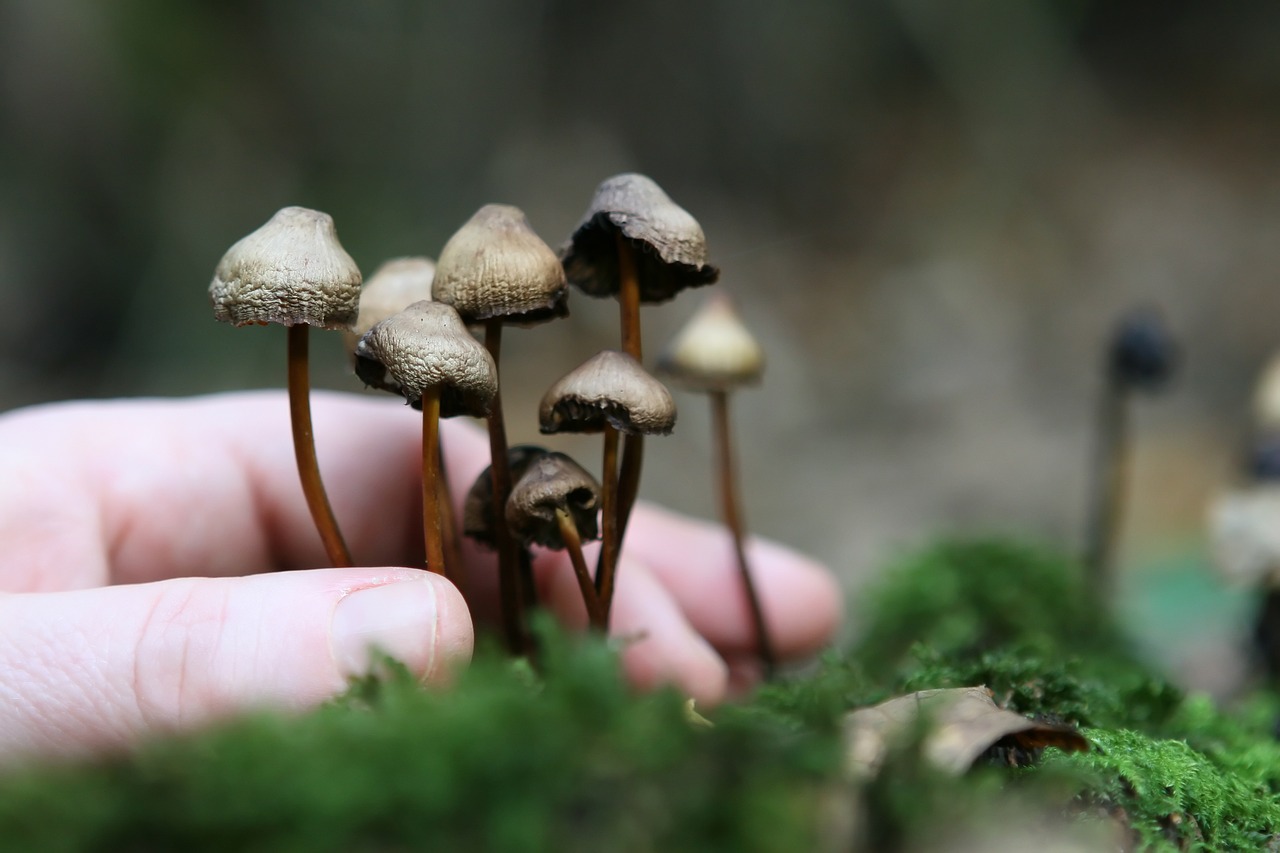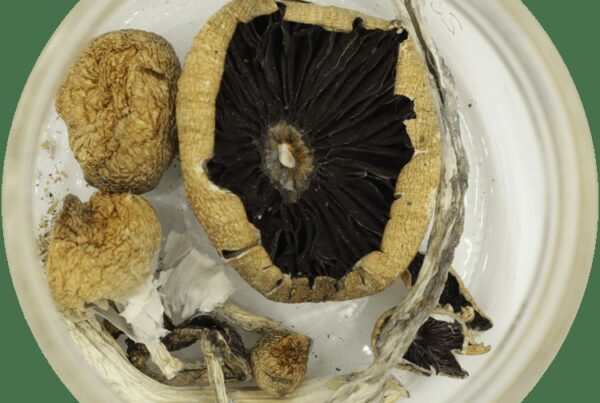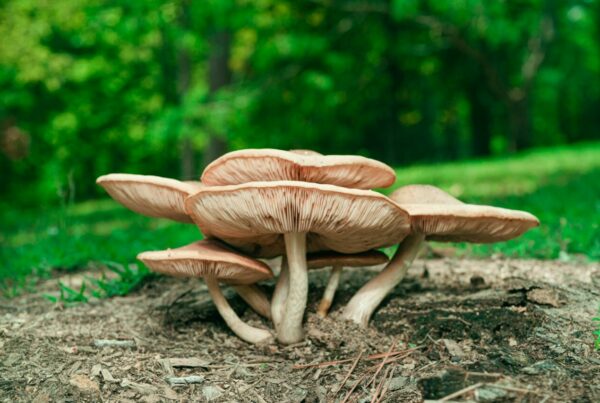Demystifying Mycelium
Mycelium, the root network of fungi, operates as the digestive apparatus for mushrooms. It hunts for nutrients, transforms them into a consumable form for the fungus, and thus nourishes the fungus. The byproduct of this operation enriches the nearby soil, offering vital nutrients for different plants and producing nutrient-rich biomass that serves as superior mulch for gardening.
Besides their contribution to mushroom propagation, mycelium networks are indispensable for the wellbeing and expansion of numerous terrestrial plants, comprising trees. For example, tree roots partake in a symbiotic transaction with fungi: the tree furnishes the fungus with carbon in sugar form, and reciprocally, the fungus provides the tree with key minerals like nitrogen and phosphorus. Discover more about this interaction here.
Fascinatingly, mycelium networks function as an underground communication network among plants, akin to the neural networks in our brains. Current scientific studies imply that plants and trees might have rudimentary nervous systems that fungi could potentially manipulate, impacting processes such as communication, memory, and learning. Moreover, mycelium enhances soil health by decomposing decaying organic material and neutralizing any pollutants found.
If cultivating magic mushrooms piques your interest, grasping the growth process of mycelium is a vital starting point. Though the cultivation process may seem daunting for novices, acquiring knowledge about mycelium is an important initial step. Although purchasing mushrooms from Where To Buy Shrooms Canada online is always an alternative, understanding mycelium could elevate your cultivation journey.
The Development Cycle of Mycelium
When fungal spores meet a supportive environment for growth, they kickstart the formation of two kinds of mycelium. The first, referred to as primary or monokaryotic mycelium, is defined by a single nucleus in each cell and is generally invisible to the naked eye. The second, termed secondary or dikaryotic mycelium, is visible and houses two nuclei in each cell.
Upon germination, the spores of the fungus initiate the formation of the primary mycelium, also known as the monokaryotic mycelium. When this monokaryotic mycelium encounters another compatible one, they can combine to form the secondary stage, referred to as the dikaryotic mycelium. It is this latter form of mycelium that has the potential to produce mushrooms or sclerotia.
Types of Mycelia
There are three types of mycelia, two of which signal successful cultivation.
- Rhizomorphic mycelia expand like string-like structures. Simple to identify, these mycelia, like all types, are made up of units called hyphae. The rhizomorphs form the network of these grouped hyphae. Rhizomorphic mycelia initially spread out, then communicate chemical signals back to the colony, indicating that the ahead area is apt for nutrient provision. The rest of the mycelia then follow suit. The hyphae at the forefront of the rhizomorphic mycelia secrete peroxidase, a compound that breaks down the material in its path for sustenance. Afterward, they stretch over the material, distributing the nutrients throughout the colony. Cultivators often prefer this type of mycelia as it increases the chances of mushroom production, with the Rhizomorphic mycelia sprouting from the substrate.
- Tomentose, or “Fluffy” mycelia, are more alike than different to Rhizomorphic mycelia. However, the unique feature lies in the arrangement of the fluffy mycelia strands. These strands may not be instantly noticeable, but they are certainly there. Their cotton-ball-like appearance shows that the strands are clustered together. The development of your mycelia into tomentose or rhizomorphic traits largely depends on the growth environment. Cultivators continue to debate on if the type of mycelia impacts the growth rate or the yield of the harvest.
- Aerial mycelia develop when the growing conditions are less than ideal. In such cases, the mycelia tend to grow outward rather than spread across the medium or form a ball. Often confused with bacterial infection, this type of mycelia can impede your mushroom cultivation, producing weaker, smaller mushrooms. Aerial mycelia usually arise due to inadequate fresh air exchange and high humidity.
Is it Mould or Mycelium?
Identifying the difference between mould and mycelium is essential. If you observe green, blue, grey, or black spots on or inside your fruiting box, it is likely that your culture is contaminated. Discoloration is a primary indicator. However, blue spots may just be bruises.
Cobweb moulds are typically quite visible. Instead of the bright The Mycelium typically exhibits a stringy texture and a slight greyish tint. Although cobweb moulds and green moulds are harmless to humans, they can potentially undermine the health of your mushrooms.
Where To Buy Shrooms Canada: Your Premier Destination for Mushroom Knowledge
Anytime you think about psychedelic mushrooms in Canada, remember Where To Buy Shrooms Canada. Our continuous goal is to equip you with insightful knowledge for a secure and enjoyable mushroom journey.





